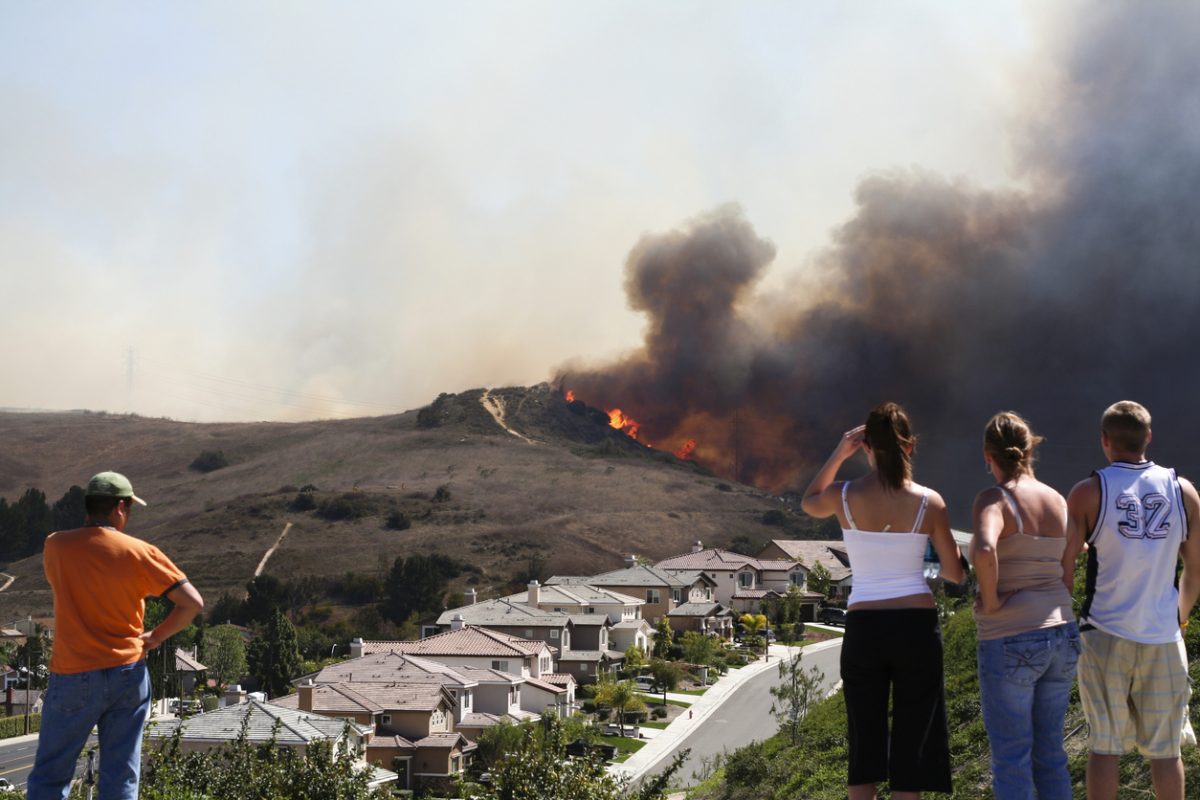
COVID-19 in Care Home Settings
The pathophysiology of coronavirus disease 2019 (COVID-19) and related government policy have had notable impact on the elderly population. Care homes support the most vulnerable group, with approximately 400,000 older adults in the United Kingdom residing in these facilities.1 A large proportion of residents have problems with frailty and multiple medical comorbidities.1 Care home residents are at greater risk of fatal outcomes from COVID-19.2 The UK Office for National Statistics data revealed 2,000 COVID-19-related care home deaths in the week ending April 17, 2020.3
As a result of infection control measures, many elderly residents have died without their loved ones present. Care home activities have been limited. The structured interventions we normally recommend such as accessing daytime light to regulate circadian rhythm and physical activity are no longer available. The restricted physical activity can lead to deconditioning and increase the risk of falls.4 In addition, the lack of stimulation is likely to exacerbate the behavioral and psychological symptoms that are commonly seen in dementia.4
Delirium in COVID-19
There is a high incidence of delirium in COVID-19, which also increases the risk of mortality.5 Hypoxia associated with COVID-19 infection may be a precipitating factor.4 The hyperactive form of delirium is the most common5 and raises challenges in controlling infection. The associated overactivity can be difficult to manage and increases the risk of viral transmission. The elderly and those with existing cognitive impairment are more susceptible to developing a delirium. Patients who are transferred to the hospital are also at greater risk because of the associated environmental change and their heightened sensitivity.4
Patients who develop COVID-19 are isolated to their rooms, external visits are restricted, and staff dress in personal protective equipment (PPE) to prevent transmission, which is likely to exacerbate confusion and negatively affect outcomes. It remains pertinent to follow the standard principles of early delirium identification and management.
Potential reversible causes of delirium should be investigated including pain, constipation, hydration status, urinary retention, or the addition of new medication. It is important to optimize the personal environment and attend to individual sensory impairments such as poor hearing and vision. Patients should be actively stimulated and consideration should be given to providing extra caregiver support. Promotion of good sleep hygiene and regulation of the sleep-wake cycle are essential elements of good management.5 Other nonpharmacologic interventions5 such as enabling digital contact with loved ones should be considered. It is also beneficial for health care providers to wear clear identification on the PPE gown and to provide patients regular reminders and reassurance about the reason for isolation.5
Caregivers should remain vigilant for any complications from delirium including falls, pressure ulcers, dehydration, and malnourishment.5 The resultant hypoxemia from COVID-19 may exacerbate the delirium,5 and this should be addressed with supplemental oxygen if clinically indicated.
The threshold is now lower to use pharmacologic treatments and other restrictive interventions to manage the risks to self and others. Tan and Seetharaman6 reported that the use of restraint in nursing homes has subsequently risen since the COVID-19 outbreak began. It is important to use the least restrictive measures to ensure the safety of patients and other vulnerable residents. Health workers should continue to educate care home staff regarding these fundamental principles.
If pharmacologic treatments are required, then a single agent should be used.5 The clinician should avoid combining benzodiazepines and antipsychotic medications.5 Extra caution should be taken when considering benzodiazepines in COVID-19-positive patients as the potential respiratory adverse effects are likely to be amplified in this group.
Anticipatory Care Duringthe COVID-19 Pandemic
Residents should receive compassionate and holistic care. They should be informed and educated about the risks of COVID-19 and supported to express their treatment preferences. Many care home residents may already have established legally binding advance directives.7 Clinicians should still be prepared to have open, honest, and transparent conversations with patients and their loved ones. This dialogue includes collaborative discussion around advance care planning and "Do not attempt cardiopulmonary resuscitation" decisions. There should be agreement regarding the ceiling of optimal medical and supportive treatments.
Some residents may have a preference to receive treatment in the care home and decline transfer to the hospital or intensive care setting wherein the environment can be unsettling and traumatic. With other residents, a discussion may be needed about arranging and instilling appropriate end-of-life care. The physician should consider involving other specialist services such as palliative care so that all care needs are fulfilled.8,9
For residents who are found to lack decision-making capacity, the clinician should ensure to also consult their loved ones and make an effort to understand the patient’s previous beliefs and values. Other professionals, caregivers, and an independent advocate (in patients who do not have any immediate family or next of kin) should also be involved in the decision-making process.
The style of communication in any of these aforementioned discussions is critical. The clinician should actively listen, reflect, and validate any emotional responses that arise. Advance care planning and shared decision-making may take away some burden7 and guilt from both the patient and family in addressing these difficult themes and concepts.
Conclusion
The COVID-19 crisis has markedly impacted vulnerable patient groups. Care homes are struggling because of a multitude of factors. It remains vital that older adult care teams are vigilant for early signs of deterioration and that they implement timely management plans for their patients. In such unprecedented times, it remains imperative for clinicians in care homes to actively advocate for disadvantaged patients regarding allocation of finite resources.
Received: May 1, 2020.
Published online: June 11, 2020.
Potential conflicts of interest: None.
Funding/support: None.
REFERENCES
1. COVID-19: Managing the COVID-19 pandemic in care homes for older people. British Geriatrics Society website. https://www.bgs.org.uk/resources/covid-19-managing-the-covid-19-pandemic-in-care-homes. Accessed May 30, 2020.
2. Steinman MA, Perry L, Perissinotto CM. Meeting the care needs of older adults isolated at home during the COVID-19 pandemic [published online ahead of print April 16, 2020]. JAMA Intern Med. PubMed CrossRef
3. Triggle N. Coronavirus: Care home deaths up as hospital cases fall. BBC News website. https://www.bbc.com/news/health-52455072. Accessed May 30, 2020.
4. Wang H, Li T, Barbarino P, et al. Dementia care during COVID-19. Lancet. 2020;395(10231):1190-1191. PubMed CrossRef
5. NHS London Clinical Networks. Guidance on delirium management in hospital (not ITU), care homes and community during COVID-19. Version 1. 1-8. https://www.haringey.gov.uk/sites/haringeygovuk/files/guidance_on_delirium_management_
in_hospital_not_itu_care_homes_and_community_during_covid19_v1.pdf. Accessed June 1, 2020.
6. Tan LF, Seetharaman S. Preventing the spread of COVID-19 to nursing homes: experience from a Singapore geriatric centre [published online ahead of print March 26, 2020]. J Am Geriatr Soc. PubMed CrossRef
7. Borasio GD, Gamondi C, Obrist M, et al; For The Covid-Task Force Of Palliative Ch. COVID-19: decision making and palliative care. Swiss Med Wkly. 2020;150:w20233. PubMed
8. Radbruch L, Knaul FM, de Lima L, et al. The key role of palliative care in response to the COVID-19 tsunami of suffering. Lancet. 2020;395(10235):1467-1469. PubMed CrossRef
9. The Lancet. Palliative care and the COVID-19 pandemic. Lancet. 2020;395(10231):1168. PubMed CrossRef
aWaltham Forest Older Adults Mental Health Team, North East London Foundation Trust, Red Oak Lodge, London, England
*Corresponding author: Ahmed Saeed Yahya, MRCPsych, Waltham Forest Older Adults Mental Health Team, North East London Foundation Trust, Red Oak Lodge, London, England E11 4HU ([email protected]).
Prim Care Companion CNS Disord 2020;22(3):20com02652
To cite: Yahya AS, Khawaja S. COVID-19 in care home settings. Prim Care Companion CNS Disord. 2020;22(3):20com02652.
To share: https://doi.org/10.4088/PCC.20com02652
© Copyright 2020 Physicians Postgraduate Press, Inc.
Please sign in or purchase this PDF for $40.00.




